Here are some key features of a typical 30-meter HDMI Optical cable:
- Extended Distance: Capable of transmitting HDMI signals up to 30 meters (approximately 98 feet), which is significantly longer than standard copper HDMI cables.
- Optical Signal Transmission: Uses optical fiber technology to carry HDMI signals, which helps prevent signal degradation over long distances.
- High-Resolution Support: Supports high-definition resolutions including 4K and even 8K, ensuring high-quality video and audio.
- High Bandwidth: Typically supports high bandwidths necessary for transmitting high-definition video and multi-channel audio, including HDCP (High-bandwidth Digital Content Protection) compliance.
- Low Latency: Maintains low latency, ensuring that there is minimal delay between the source and the display, which is crucial for activities like gaming.
- Enhanced Durability: Optical cables are generally more resistant to electromagnetic interference (EMI) and radio-frequency interference (RFI) compared to copper cables.
- Lightweight and Flexible: Optical HDMI cables are often more flexible and lighter than copper HDMI cables, making them easier to install in tight spaces.
- Future-Proofing: Designed to support future HDMI standards and features, which helps in maintaining compatibility with new devices and technologies.
- No Signal Loss: Optical cables help in avoiding signal loss and attenuation, ensuring that the video and audio quality remains intact over long distances.
- Plug-and-Play: Typically easy to set up with standard HDMI connectors, making installation straightforward without the need for additional adapters or converters.

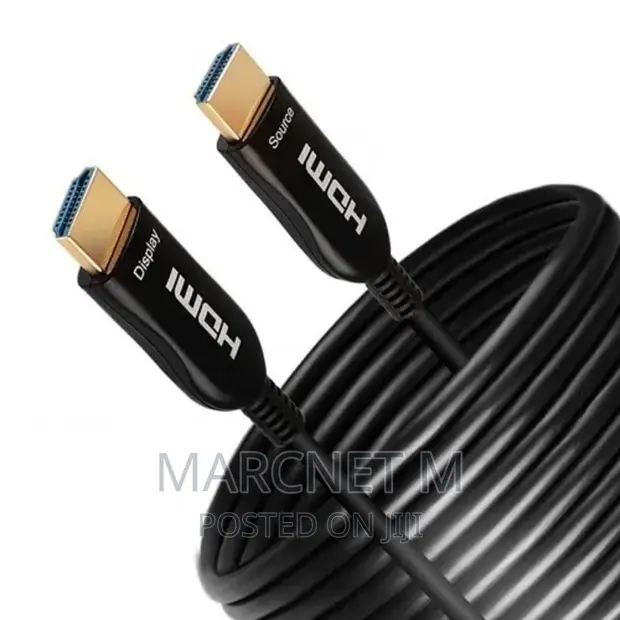

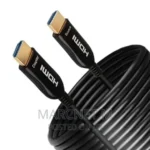


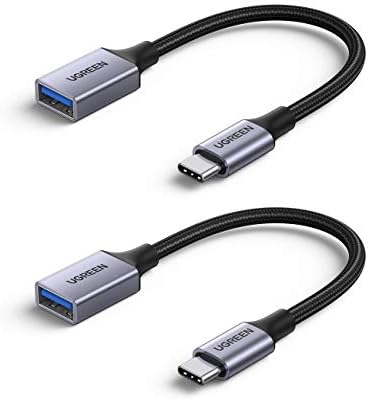



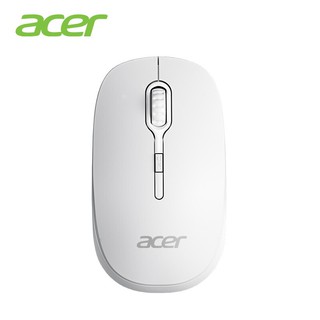
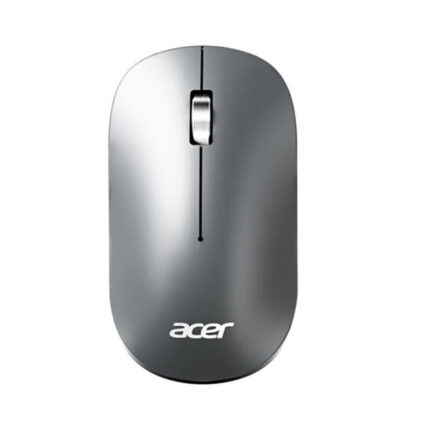

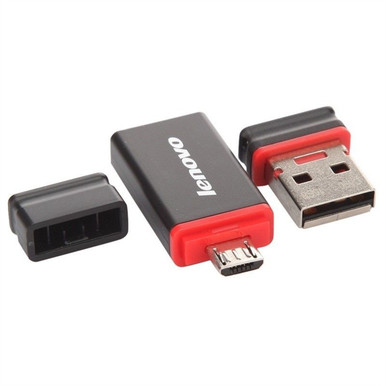
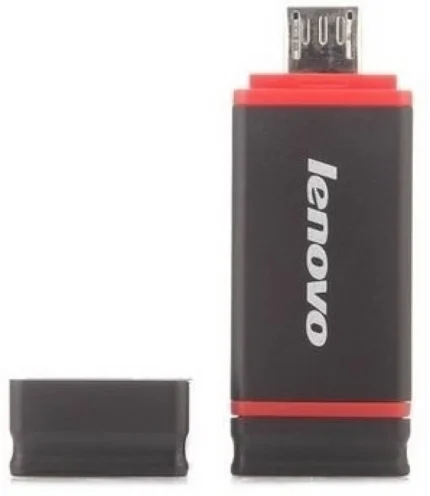
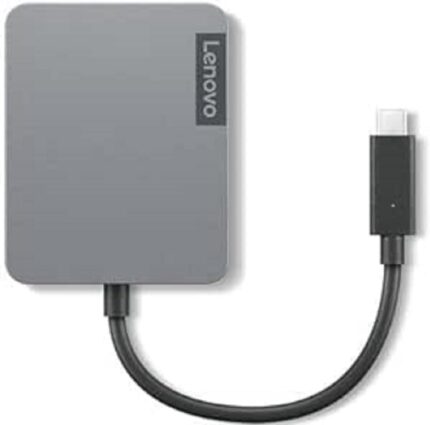
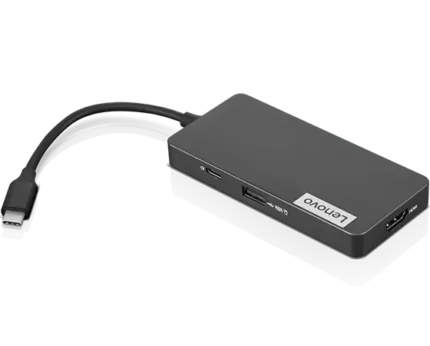

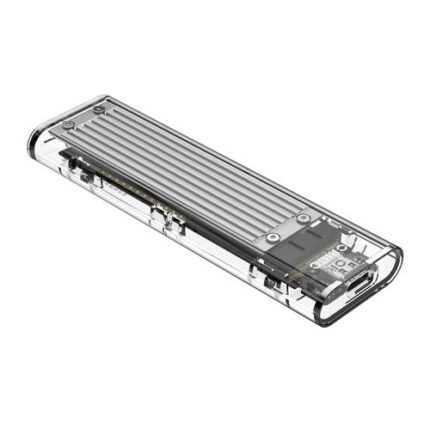
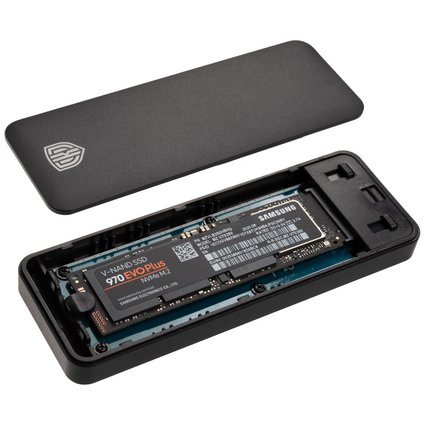
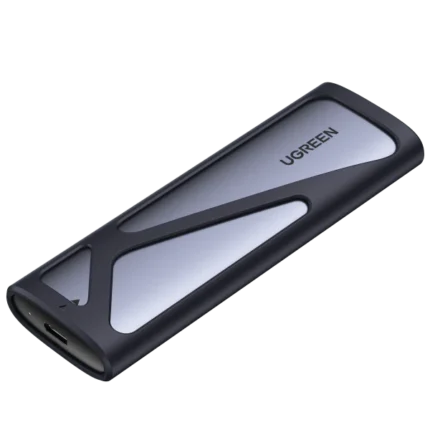
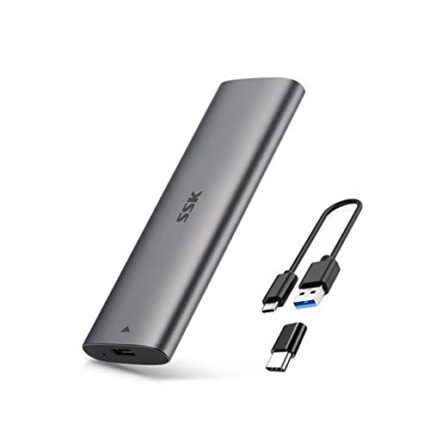
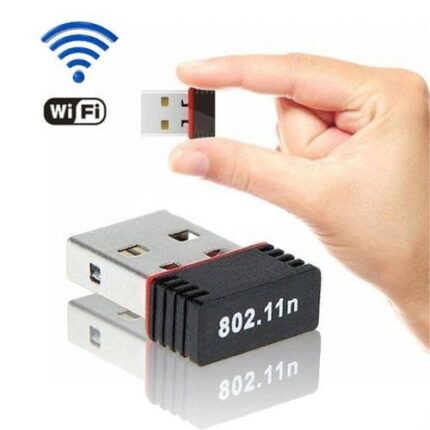
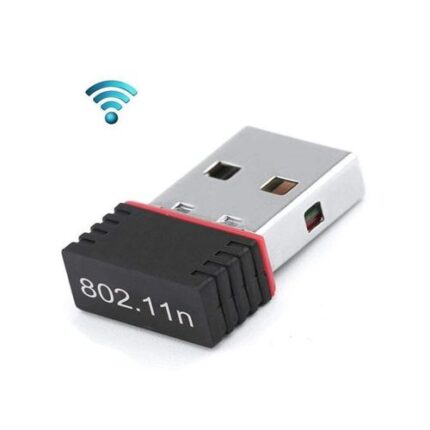
Reviews
There are no reviews yet.